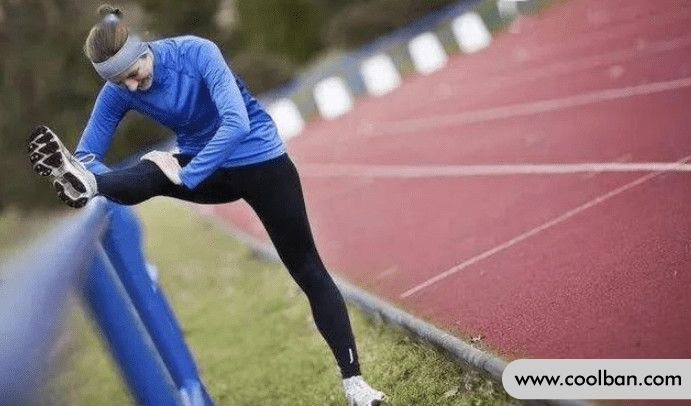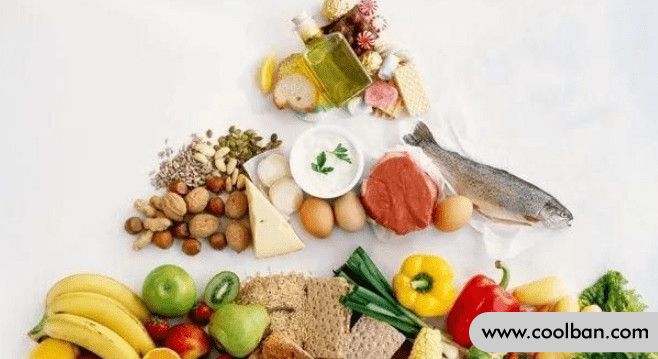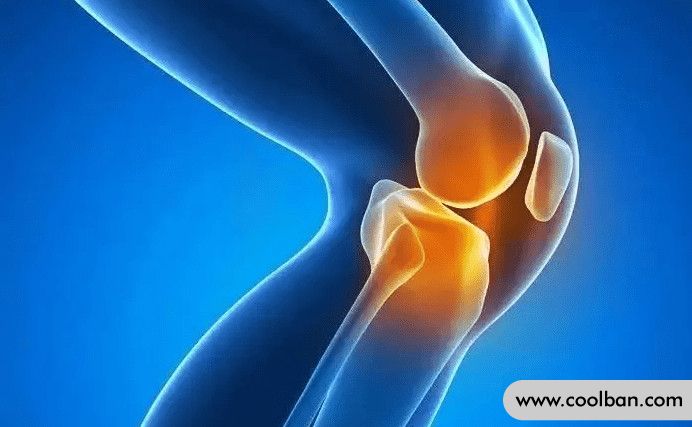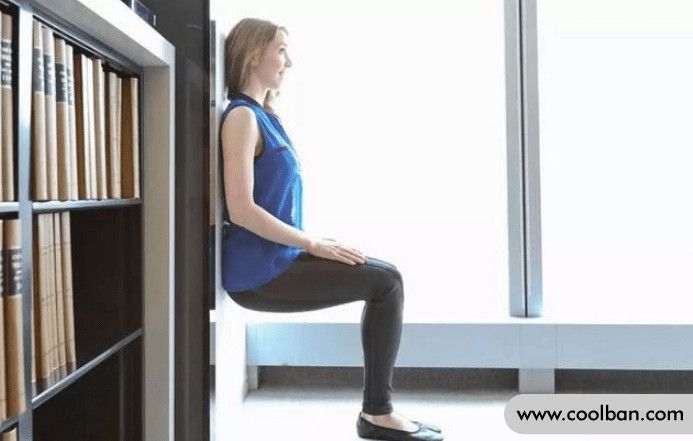Why are middle-aged women prone to "knee pain"?
Bones support our bodies and are the mainstay of the human body. Without strong bones, humans cannot walk upright normally. But as you age, your bones become weaker and weaker.
After a person reaches a certain age, a large amount of calcium will be lost in the body, and different degrees of osteoporosis will occur. This is mainly due to the loss of calcium and trinatidine in the bones. In fact, the lifespan of joints is limited, and once severe damage occurs, it can lead to bone aging. At the same time, women are more likely to suffer from arthritis and knee pain than men.

Why is "knee pain" a common symptom of middle-aged women?
When it comes to middle-aged women, everyone naturally thinks of menopause, and the most direct cause of female menopause is the reduction of estrogen. Generally speaking, women experience menopause between the ages of 45 and 55, when the secretion of estrogen in the body begins to gradually decrease.
After entering menopause, a series of obvious changes will occur in middle-aged women's psychology and body. For example, they are prone to depression and cranky thinking, and their temper will become irritable and easily excited. Moreover, due to the influence of hormone levels , Menopausal middle-aged women will also experience some symptoms of vaginal dryness, loss of libido, and urinary tract infections. In addition, middle-aged women also experience general joint pain, especially knee pain, because middle-aged women are more likely to cause osteoporosis or circulatory disorders in the knee joint. This is because the reduction of estrogen during menopause leads to a decrease in the activity of osteoblasts, resulting in imbalance of bone metabolism, osteoporosis and local calcium deposition in the knee joint, causing pain in various joints, especially the knee joint. In addition, menopausal women themselves often have circulatory metabolic disorders, which will also increase the degree of aseptic inflammation of the knee joint and make the pain more intense. Many middle-aged women are accompanied by some irritability and psychological depression, which will also magnify the symptoms of knee pain.
According to scientific research, the lower extremity circulation caused by the decline of estrogen in middle-aged women is blocked, the circulation is not good, and the blood cannot get enough nutrients, which makes women more prone to joint diseases and osteoporosis, and the probability is even twice as high as that of men. Therefore, women with long-term knee pain should not wear miniskirts and high-heeled shoes. At the same time, they should do a good job of keeping the knee joint warm, which is beneficial to the health of bones and knees.
For the health of bones and joints, the following things should be done as soon as possible :
1. Proper exercise

Middle-aged women with knee pain should exercise properly to enhance the body's resistance, promote human blood circulation, and relieve pain, but avoid excessive exercise.
2. Keep the knee joint warm

Part of the pain of the knee joint is related to the invasion of cold air. Whether it is winter or summer when the air conditioner is turned on everywhere, the knee joint is attacked by cold wind for a long time, which is easy to cause damage to the bones and severe pain. In this case, you should always pay attention to keeping the knee joint warm, and wear warm pants or knee pads if necessary to reduce the intrusion of cold air and aggravate pain.
3. Keep your mouth shut
 Seeing this, everyone will wonder, what does the joint injury have to do with the mouth? Many people have heard that the fatter you are, the greater the pressure on your knees, so controlling your weight is a good way to relieve pressure on your knees and reduce pain.
Seeing this, everyone will wonder, what does the joint injury have to do with the mouth? Many people have heard that the fatter you are, the greater the pressure on your knees, so controlling your weight is a good way to relieve pressure on your knees and reduce pain.
4. Active nutritional supplements

With age, calcium is lost, and taking some supplements that supplement calcium, nourish joints, and protect bones is also a way to reduce pain.
5. Squatting

Find a wall, put your back against the wall, slowly squat down into a horizontal state, stay for 20-30 seconds, take a break, and do one set for 20 minutes a day. Over time, your quadriceps will gradually become stronger, and the pain in the knee joint will diminish and gradually disappear.
6. Massage the knee joint

Massage can promote the blood circulation of the knee joint, moisten the cartilage, and relieve pain.
